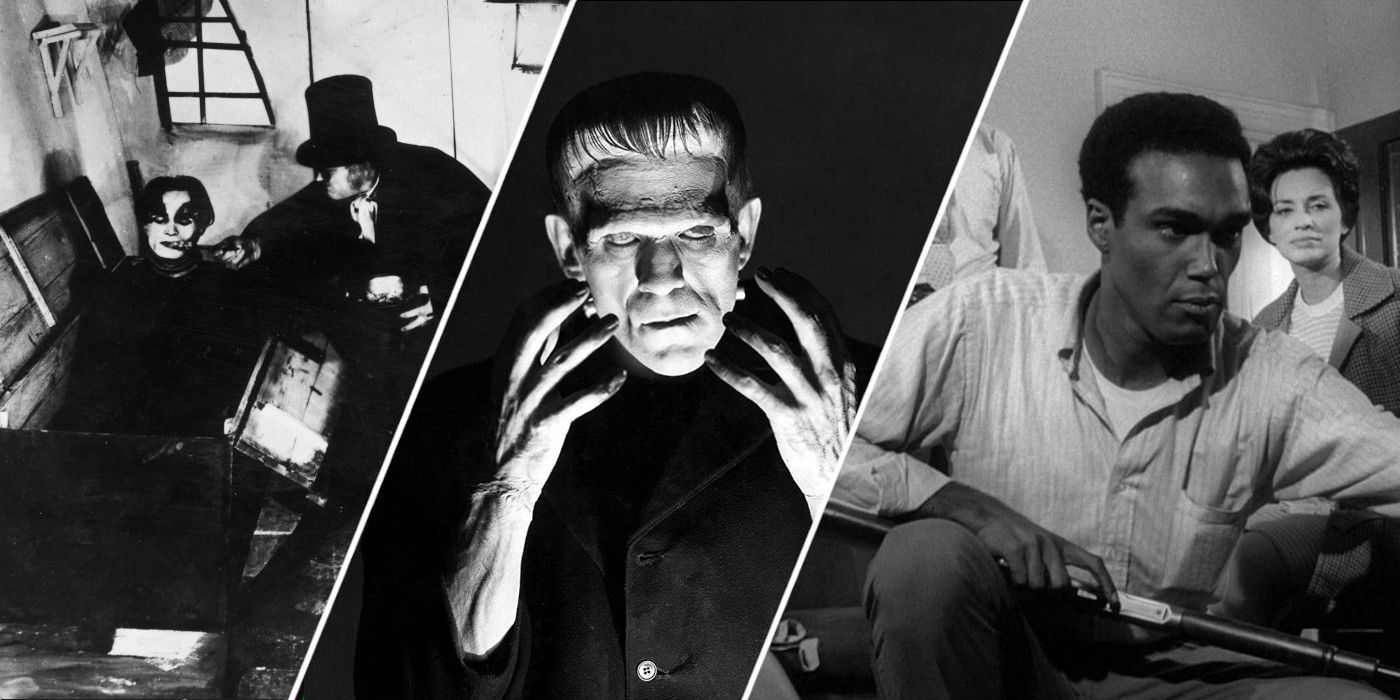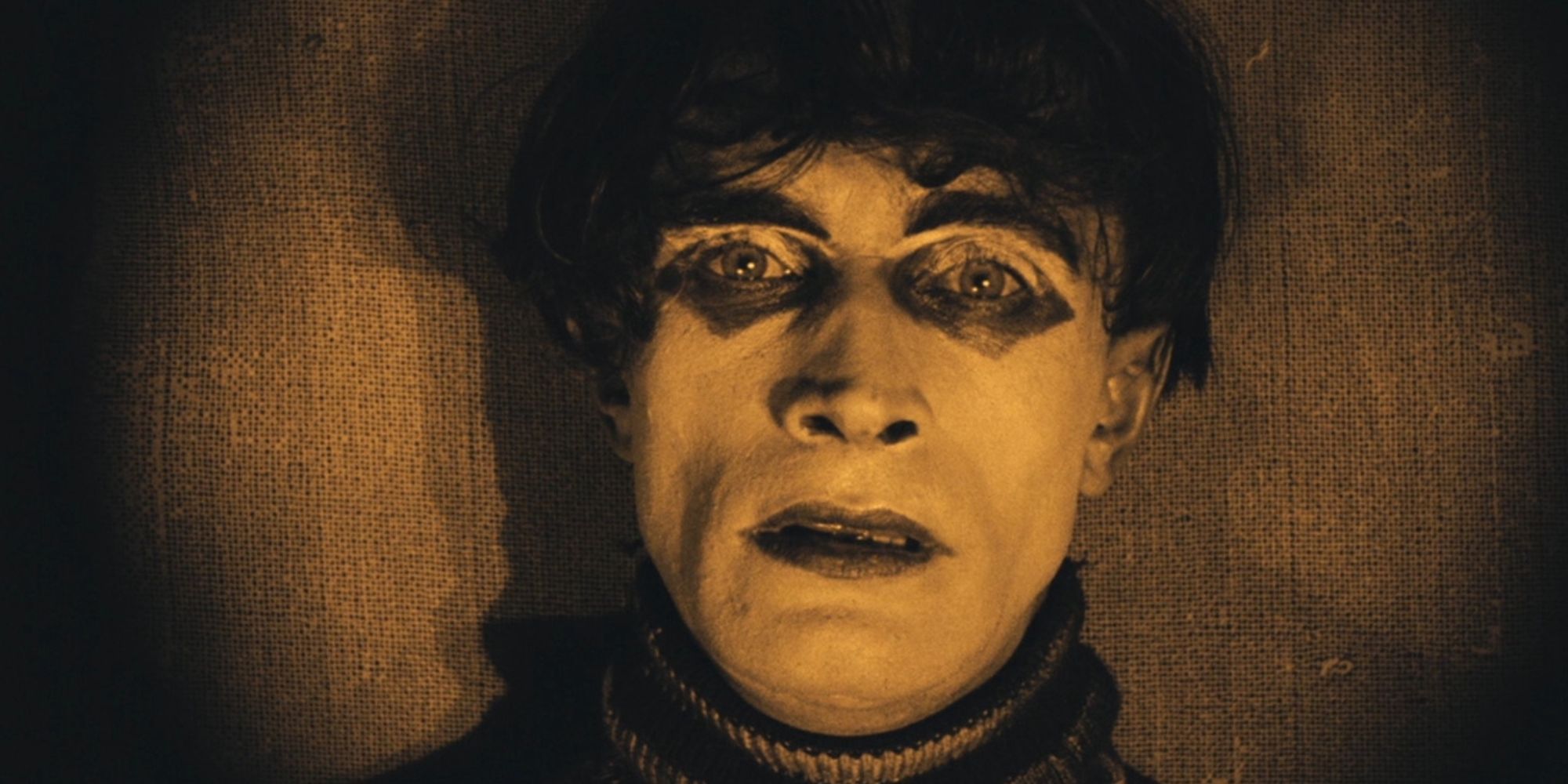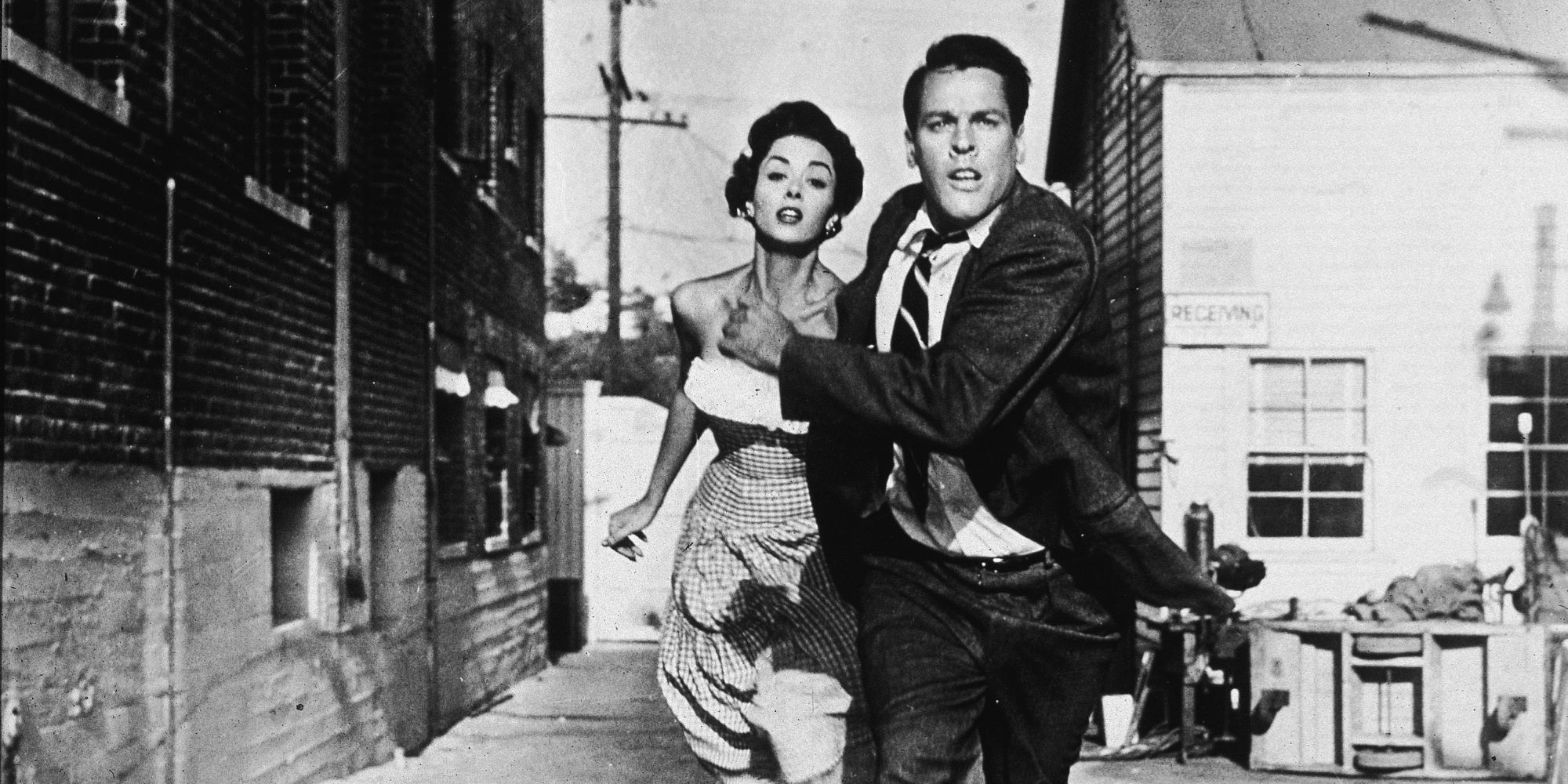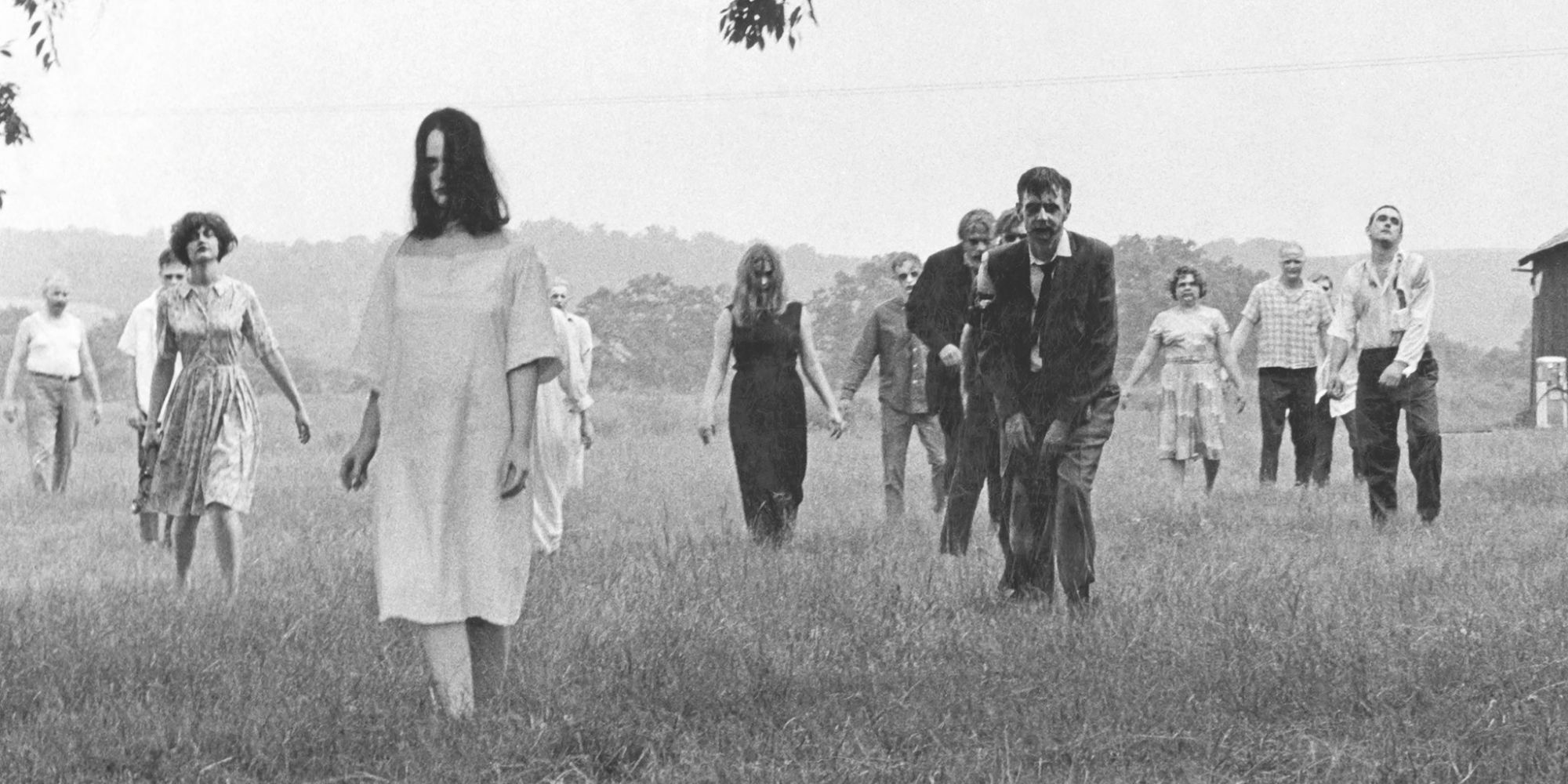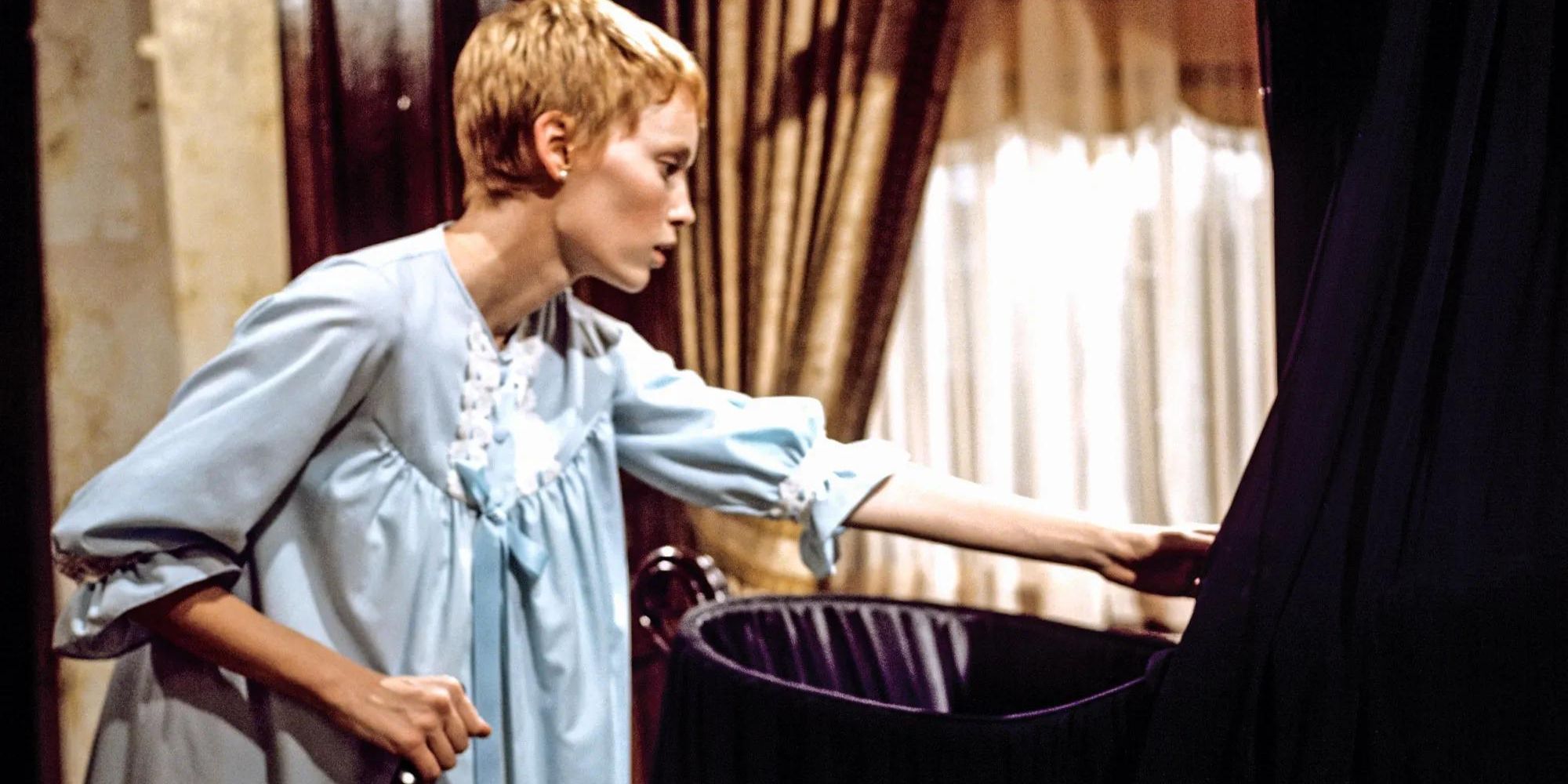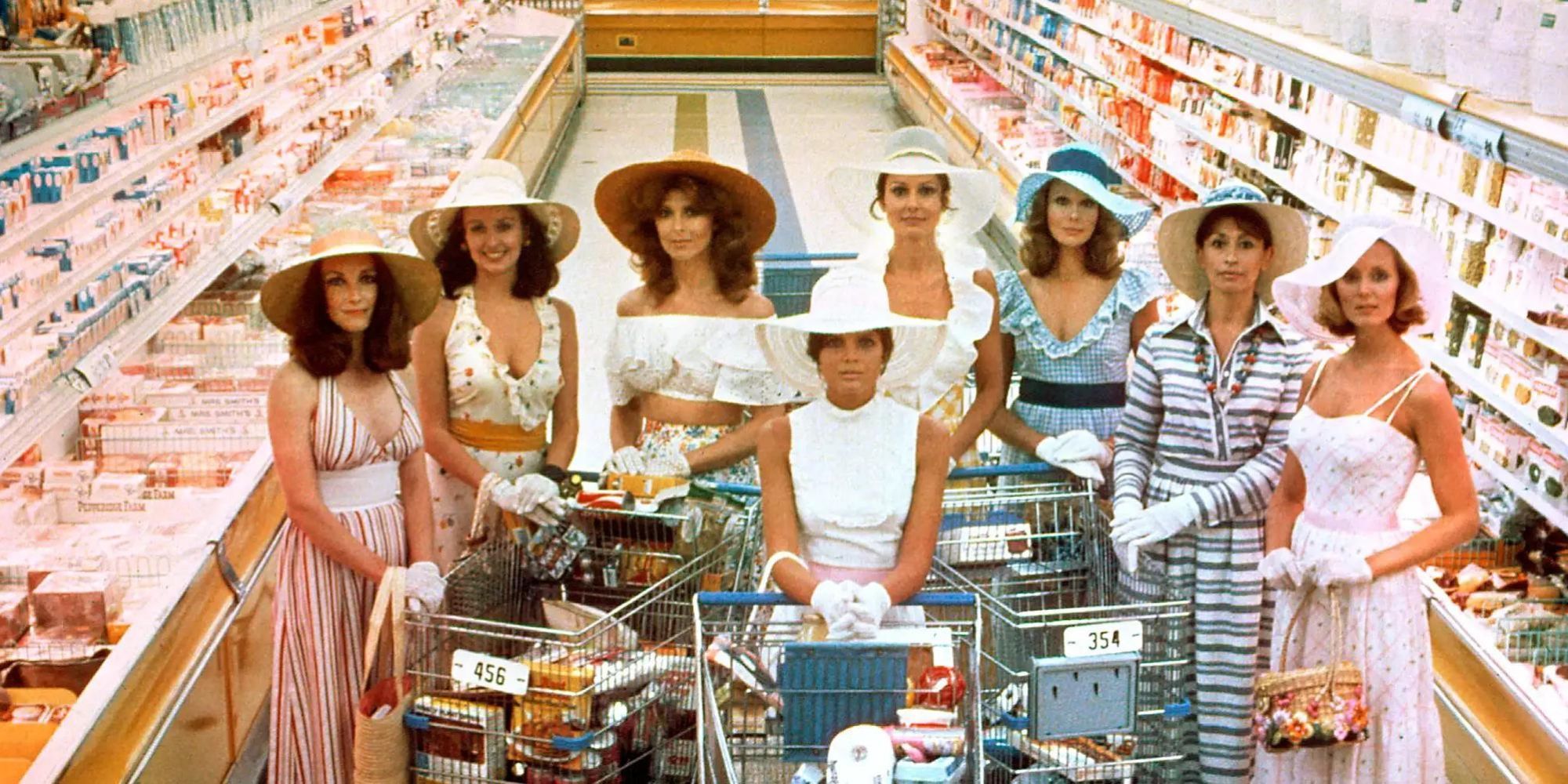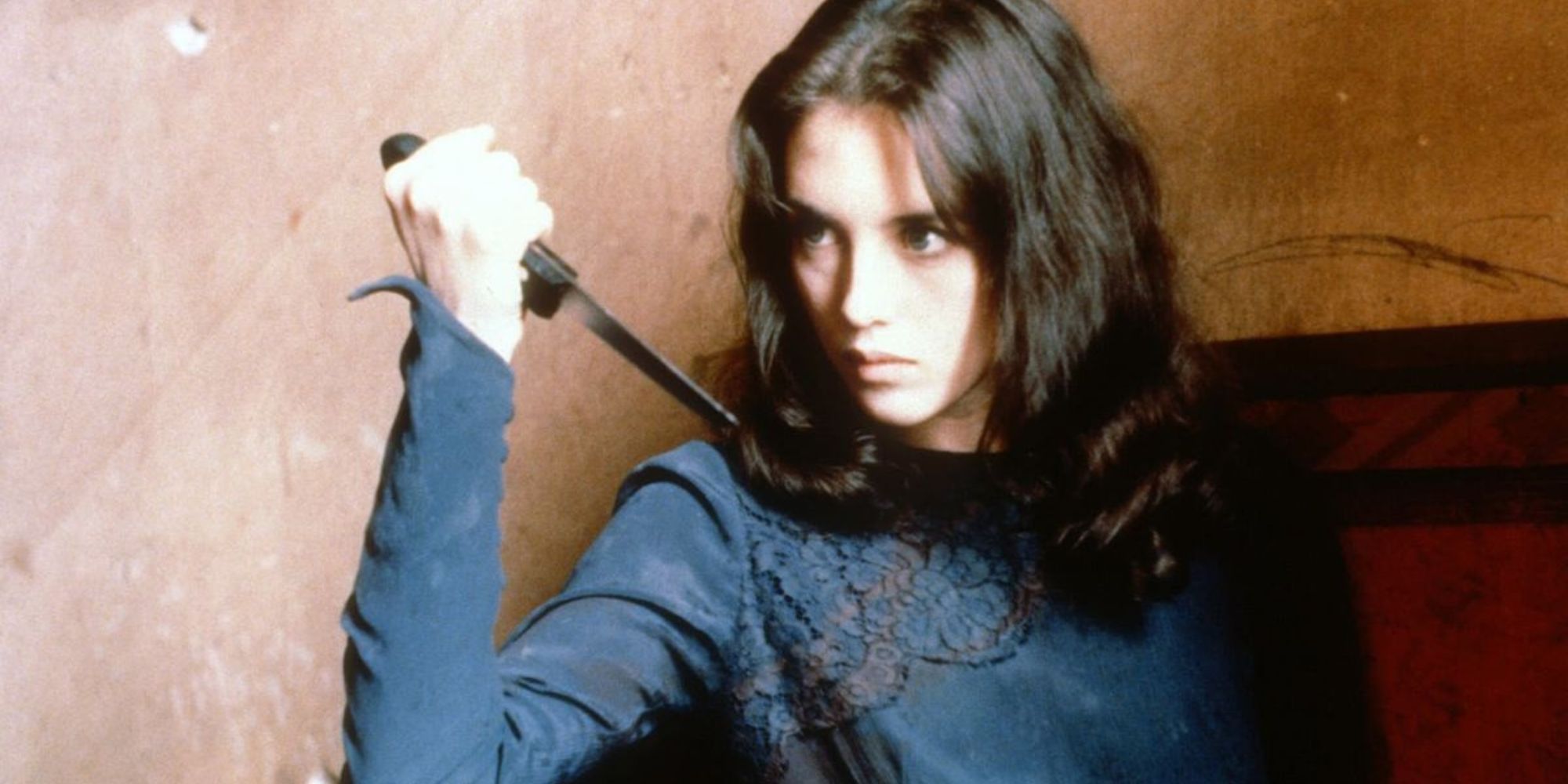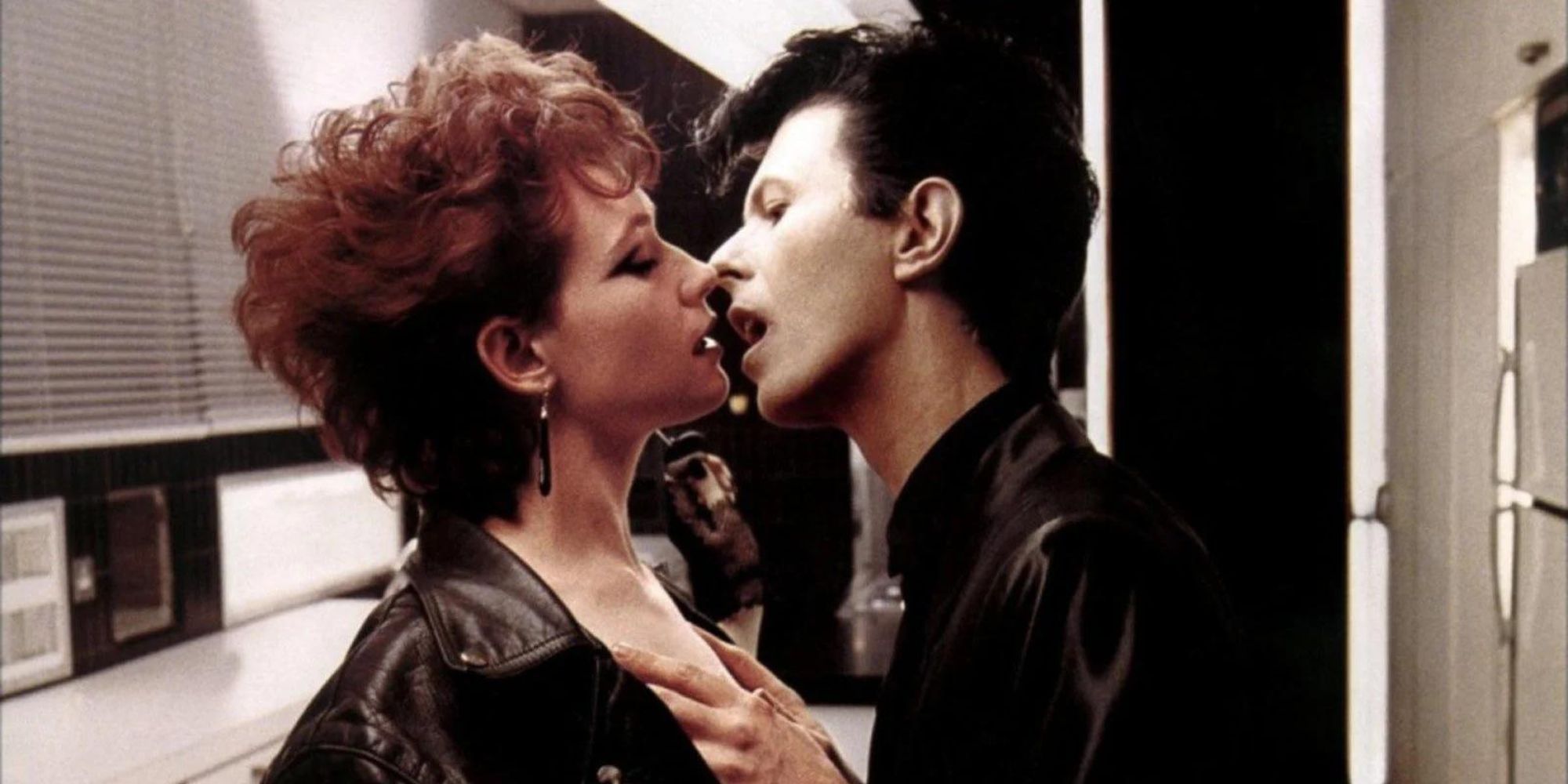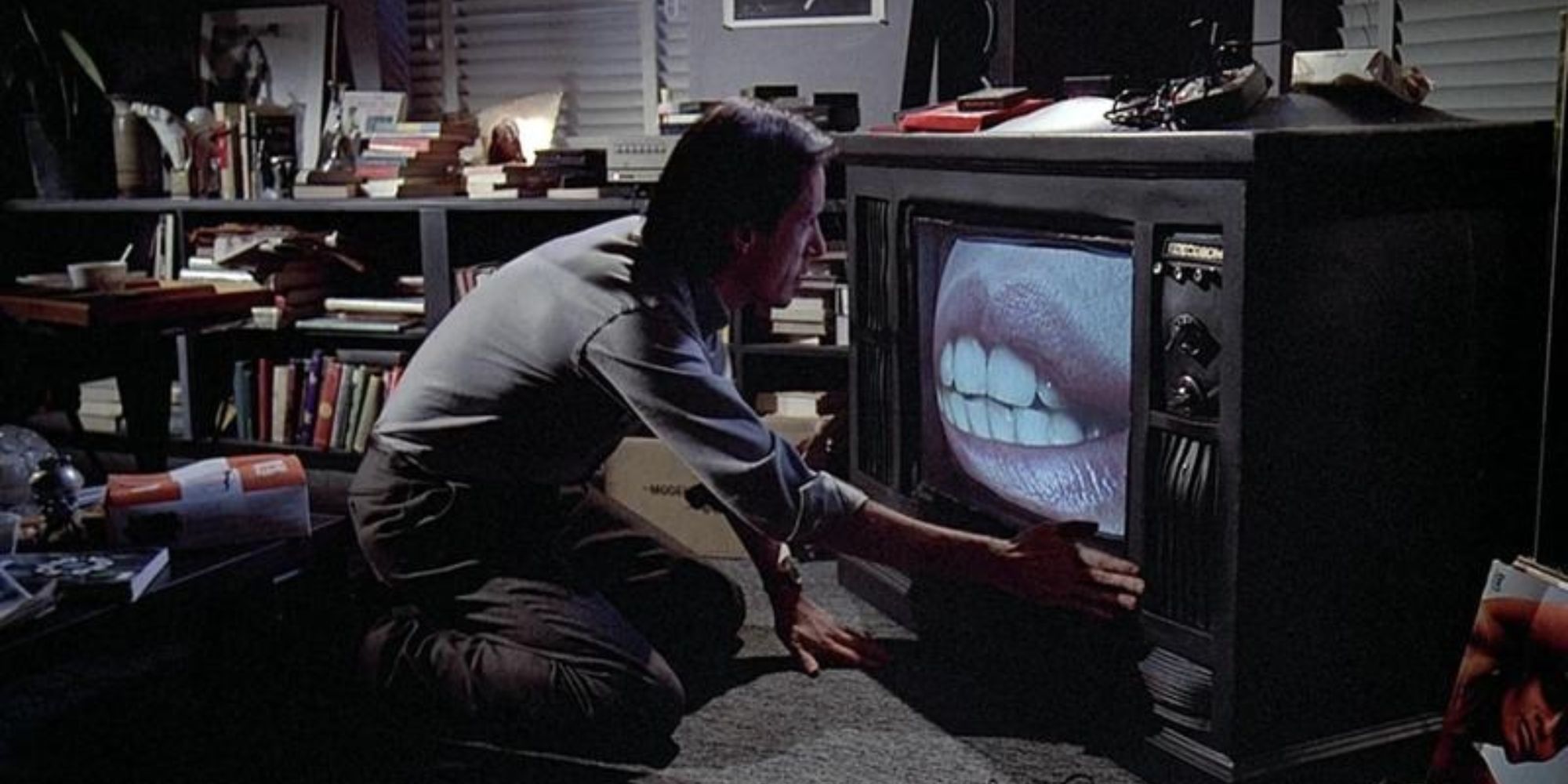Recent successes over the past decade with films like Robert Eggers’ The Witch, Jordan Peele’s Get Out, and Ari Aster’s Midsommar suggest that the style of horror has profoundly changed. What has been defined as a new subgenre - “elevated horror” - proposes an evolution in the horror genre that has seen arguably more nuanced tales favoring dramatic elements and themes instead of cheap thrills.
However, to define this era of horror as “elevated” is a dangerously elitist assumption that dismisses the history of the genre as not having any analytical depth. Having existed for over a century, horror cinema has historically explored dark subject matters and transgressive themes. Although classic horror cinema has produced many cheap thrills that would go on to become cult classics, it’s important to realize that the genre has always been thought-provoking and is worthy of analytical merit.
‘The Cabinet of Dr. Caligari’ (1920)
Considered a quintessential example of German Expressionist cinema, Robert Wiene’s silent horror film The Cabinet of Dr. Caligari is an early example of horror cinema that would go on to influence the aesthetic of horror and film noir for years to come.
Dr. Caligari (Werner Krauss) is a mad hypnotist who commits violent murders through an obedient somnambulist. Produced at a time when tensions were high after World War I, The Cabinet of Dr. Caligari thematizes brutal and irrational authority, with the film’s antagonist representing a violent and reckless tyrannical figure who idolizes power while ruthlessly violating all human rights.
‘Frankenstein’ (1931)
In James Whale’s film adaptation of Mary Shelley’s classic gothic novel, Frankenstein follows the tale of the striving scientist Dr. Henry Frankenstein (Colin Clive) who assembles his own living being from the parts of corpses.
Frankenstein’s monster is an emblematic figure of horror iconography. Existing as a monster, and seen as an abomination, Frankenstein explicitly deals with the themes of what it means to be human by distorting our sense of humanity. Surrounded by abusive lab assistants and unsympathetic villagers; Frankenstein questions not only what it means to be human, but also reveals the monstrosities within humanity itself.
‘Invasion of the Body Snatchers’ (1956)
Dr. Miles Bennell (Kevin McCarthy) is confronted by numerous residents of the small town of Santa Mira who believe their relatives have been replaced with identical imposters. Initially dismissing it as delusion, Bennell soon discovers that an extraterrestrial life form is indeed producing duplicates of the townsfolk; emotionless “pod people”.
Don Siegel’s Invasion of the Body Snatchers adapts Jack Finney’s novel through the styles of film noir and horror to bring the extraterrestrial infiltration tale to screens in an era of political uncertainty. At a time when the US feared the spread of communism, the film explores the paranoia of conforming to extraterrestrial ideologies as an allegory for a world without individuality.
‘Night of the Living Dead’ (1968)
Set in rural Pennsylvania, George Romero’s Night of the Living Dead is an independent American horror film following seven people trapped in a farmhouse as an enlarging group of flesh-eating zombies slowly surround them.
With the backdrop of the civil rights movement at the time of the film’s release, the casting of African-American actor Duan Jones as Ben - the only non-white character and sole survivor of the zombie attack - becomes a clear allegory of the real-world racial tensions of the time. For Ben to survive the zombie apocalypse, only to be killed in the film’s final moments by one of the sheriff’s men - the perceived “good guys” of the film - it’s impossible to deny the racial themes and fears underscoring Night of the Living Dead.
‘Rosemary’s Baby’ (1968)
After a young couple moves into a New York apartment with the dream of starting a family, Rosemary (Mia Farrow) grows increasingly anxious as she begins to suspect her strange new neighbors are putting her unborn child in danger.
With a satanic cult, a coven of witches, and the threat of Lucifer’s return, the true horror of Roman Polanski’s Rosemary’s Baby can be found in many places. But perhaps most terrifyingly, it is found with Rosemary's husband gaslighting her, and the subsequent threat on Rosemary's life that reveals the horrors of domesticity and erasure of identity. Rosemary’s Baby showcases the pressures placed on women who are manipulated into upholding the domestic sphere.
‘The Stepford Wives’ (1975)
Joanna (Katherine Ross) is a young wife who moves into the small community of Stepford with her husband and two daughters. An idyllic American town, she soon discovers the sinister truth behind the all-too-perfect behavior of the female residents with their flawless appearances and obsession with housework.
Based on the book of the same name, Bryan Forbes’ The Stepford Wives is a psychological thriller that reveals the horrors of gender power dynamics ingrained into American ideology. Preceding films like Don’t Worry Darling, The Stepford Wives uses the horror genre to create an eerie dystopian atmosphere where men’s desires are satirized through man-made women to critique the archaic values of female domesticity and subservience.
‘Carrie’ (1976)
Carrie (Sissy Spacek) isn’t like other teenage girls. Tormented by her peers and abused by her fanatically religious mother, in order to survive Carrie harnesses her newfound powers of telekinesis to exact revenge upon all who have crossed her.
In Brian De Palma’s adaptation of Stephen King’s classic novel, the titular character becomes a point of teenage transgression in response to the forces belittling her. As a justified revenge film, Carrie works to displace the horror, so we don’t fear the telekinetic powerful teenage girl, but instead see the horrors in the systems that betrayed her.
‘Possession’ (1981)
Andrzej Żuławski’s Possession follows the impending divorce between Mark (Sam Neill) and his wife Anna (Isabelle Adjani), complicated by the fact that Anna is hiding her secret lover - a bizarre tentacled creature. While Possession thematically deals with divorce, it is through the monstrous manifestation of the characters’ divorce - their guilt, shame, and desires - that opens this film to further analysis.
Break-up narratives often capitalize on female madness and rage. However, when coupled with the horror genre, the maligned notion of female hysteria is subverted into its breakdown of female subservience to pose a tangible threat to their male counterparts. With all its gore and transgression, Possession offers a horrific insight into relationships and desire and the monstrosities that can emerge from it.
‘The Hunger’ (1983)
The vampire has always been an alluring figure of the horror genre - possessing a unique charm that enchants their victims and a promise of immortality that no human could refuse. Tony Scott’s The Hunger explores a different side of the ethereal vampire, with John (David Bowie) coming to terms with the fact that eternal life doesn’t exactly promise eternal youth.
Before M. Night Shyamalan’s horror film Old, The Hunger explored humanity’s fears of aging through the figure of the vampire as a meditative exploration into our culture’s value on physical beauty by representing it almost like an addiction.
‘Videodrome’ (1983)
Set in the early 1980s, Videodrome follows Max Renn (James Woods) the CEO of a trashy TV channel who is desperate for new programming to attract viewers. He stumbles across “Videodrome,” a TV show dedicated to gratuitous torture and punishment - something he sees as a potential hit. However, after hearing his girlfriend had auditioned for the show and never returned, Max is left to investigate the truth behind Videodrome and discovers the graphic violence may not just be a result of the magic of television.
As the master of body horror, David Cronenberg’s Videodrome is a techno-surrealist exploration of the impression a technological world has on our human senses. Revealing humanity’s fascination with horror, sex, and violence, Videodrome actively deconstructs the boundaries of fiction and reality by asking its own audience to rethink their own relationship with the content they consume on screen.

